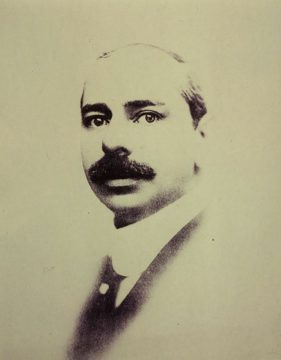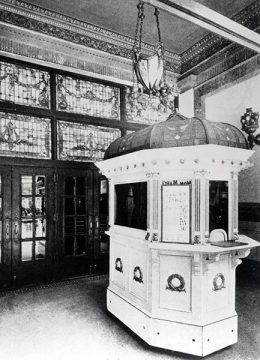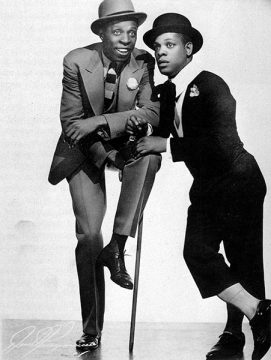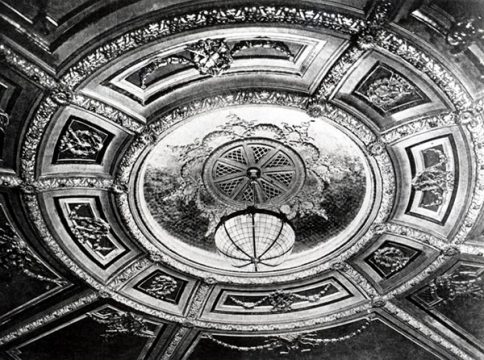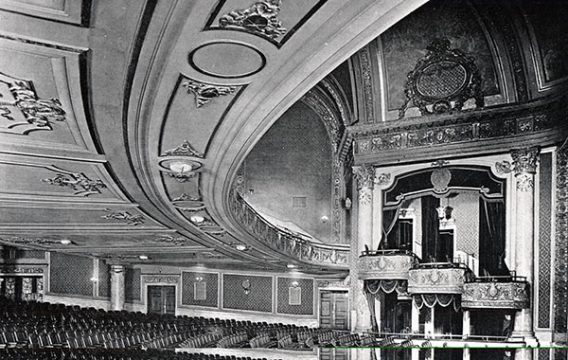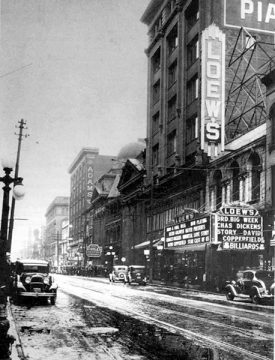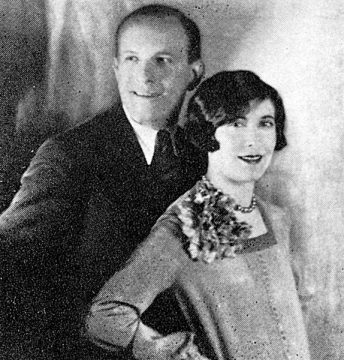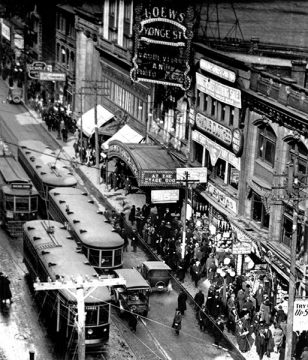Menu
The history of the Elgin & Winter Garden Theatres is a long and fascinating one, spanning over 100 years. It not only chronicles the magnificent design, architectural and entertainment highlights of an era, it also reflects the evolution and growth of our heritage and culture.
Built in 1913, the complex was the Canadian flagship of Marcus Loew's legendary theatre chain. Designed by Thomas Lamb as a "double-decker" theatre complex, it contained the Winter Garden Theatre, constructed on top of the Elgin Theatre (originally known as Loew's Yonge Street Theatre).
The two theatres were of distinctly different personality: the Elgin was all gold leaf and rich fabrics, a formal theatre of plaster cherubs and ornate opera boxes. The Winter Garden was a botanical fantasy, its walls hand-painted to resemble a garden, its ceiling a mass of real beech boughs and twinkling lanterns. The theatres played host to such greats as George Burns and Gracie Allen, Sophie Tucker, Milton Berle and Edgar Bergen and Charlie McCarthy.
With the decline of vaudeville, the Winter Garden closed in 1928. It remained closed for more than half a century, becoming a time capsule of a bygone era. The Elgin, with its grand domed ceiling, continued as a movie house, gradually slipping into disrepair with the passing of each decade.
In 1981, the Ontario Heritage Trust purchased the building. Prior to the Trust's ambitious restoration program, the successful production of Cats ran for nearly two years at the Elgin Theatre — the most successful pre-sales theatrical event in Canada at that time. In 1984, a $29-million restoration began.The gilt plaster detail work in the Elgin required more than 300,000 wafer-thin sheets of aluminum leaf. The walls of the Winter Garden had to be cleaned using hundreds of pounds of raw bread dough to avoid damaging the original hand-painted watercolour artwork. More than 65,000 square feet of new space was created, including lobby and lounge areas and an eight-storey backstage pavilion housing modern dressing rooms and two rehearsal halls.
In December 1989, the Elgin & Winter Garden Theatres reopened and has once again become one of Canada's finest theatrical stage complexes.
One of the Theatres' greatest treasures, discovered during the restoration, is the world's largest collection of vaudeville scenery – hand-painted flats and drops dating from 1913. Several restored pieces, including the magnificent Butterfly and Scarab Scenery Flats, are displayed at the Theatre Centre.
The Elgin & Winter Garden Theatres were brought back to life with the assistance of government agencies, individual and corporate donors, and volunteers – many of whom continue to assist in its operation. The Ontario Heritage Trust is grateful for their support and is proud of the role they have played in the rebirth of these magnificent theatres.



